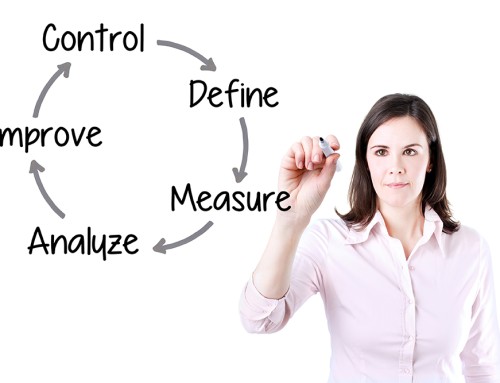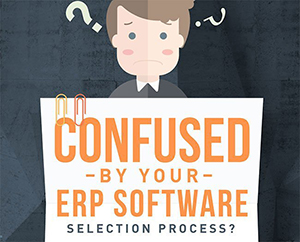SAP Business One Reporting – Simplified Access To Your Data
There are multiple standard, pre-configured and third-party Solutions available for SAP Business One reporting.
Your choice of reporting for SAP Business One will depend on multiple factors:
- Budget;
- Requirements (what type of reporting is required);
- Financial vs operational reporting;
- Delivery mechanisms;
- Mobility requirements;
- User requirements for graphical reporting, slice and dice analytics etc.
In today’s post, we are going to explore what the options are for accessing reports within SAP Business One without investing in expensive and time-consuming implementations.
Your options for accessing SAP Business One reports
What we want to avoid is expensive, time-consuming, one-off reporting!
Where possible we should be re-using templated reports that have been pre-delivered by SAP or your SAP implementation partner.
After all, how many variations of a profit and loss and balance can there be?
We should also be using reports that cover easy to use analytics, providing the user with a pre-configured set of data. This allows the user to use multiple different reporting tools to slice and dice and analyse data, which is the equivalent of having hundreds of reports available (from a single data set).
With this type of reporting the user is in control of their own destiny and can choose what data they see, in what format and when.
Data is at the core of your business and if properly utilised can drive informed decisions. In this video, SAP explains how you can treat data as a source of competitive advantage for your business.
Choose pre-packaged SAP Business One reports
Let’s not re-invent the wheel. Ask your SAP Business One partner about a standard reporting pack (pre-templated) for SAP Business One. The team at Leverage Technologies has been implementing pre-packaged reporting templates to cover the standard reporting requirements for most small to medium-sized businesses for over a decade.
Prepackaged reports include:
- Pivot table reporting – profit and loss, balance sheet (with previous period and budget comparisons). These reports are dynamic allowing the user to add columns, budgets and change months as well as GL reporting levels at the click of a button. Available in MS SQL and SAP Business One HANA versions;
- Stock ageing;
- Sales reporting;
- Sales commission reporting;
- Rebate reporting;
- Cash flow reporting;
- Purchase reporting;
- On time in full reporting.
As mentioned above, these reports should all have multiple analytical options available allowing the user to review data and then dig deeper or slice and dice the data for better analysis.
SAP HANA is extremely useful during this process, allowing a user to use HANA Pervasive Analytics to drill down and review detailed data.
In fact, using HANA analytics a user can also create their own reports. This is because the data sets within SAP Business One HANA are pre-defined by SAP.
SAP HANA analytics allows the user to choose the report format so that the user can simply drag and drop the required data into the desired report.
Conclusion
In summary, if you use SAP Business One to run your business you know that the data is right there within the system and SAP has made life easy for users wanting analytical reporting across financial and operational requirements.
Ask your SAP Business One partner to show you SAP Business One HANA analytics and a suite of pre-defined reporting options.
If you are interested in pre-packaged SAP Business One reporting templates feel free to get in touch by calling 1300 045 046 or by emailing info@leveragetech.com.au.









Leave A Comment